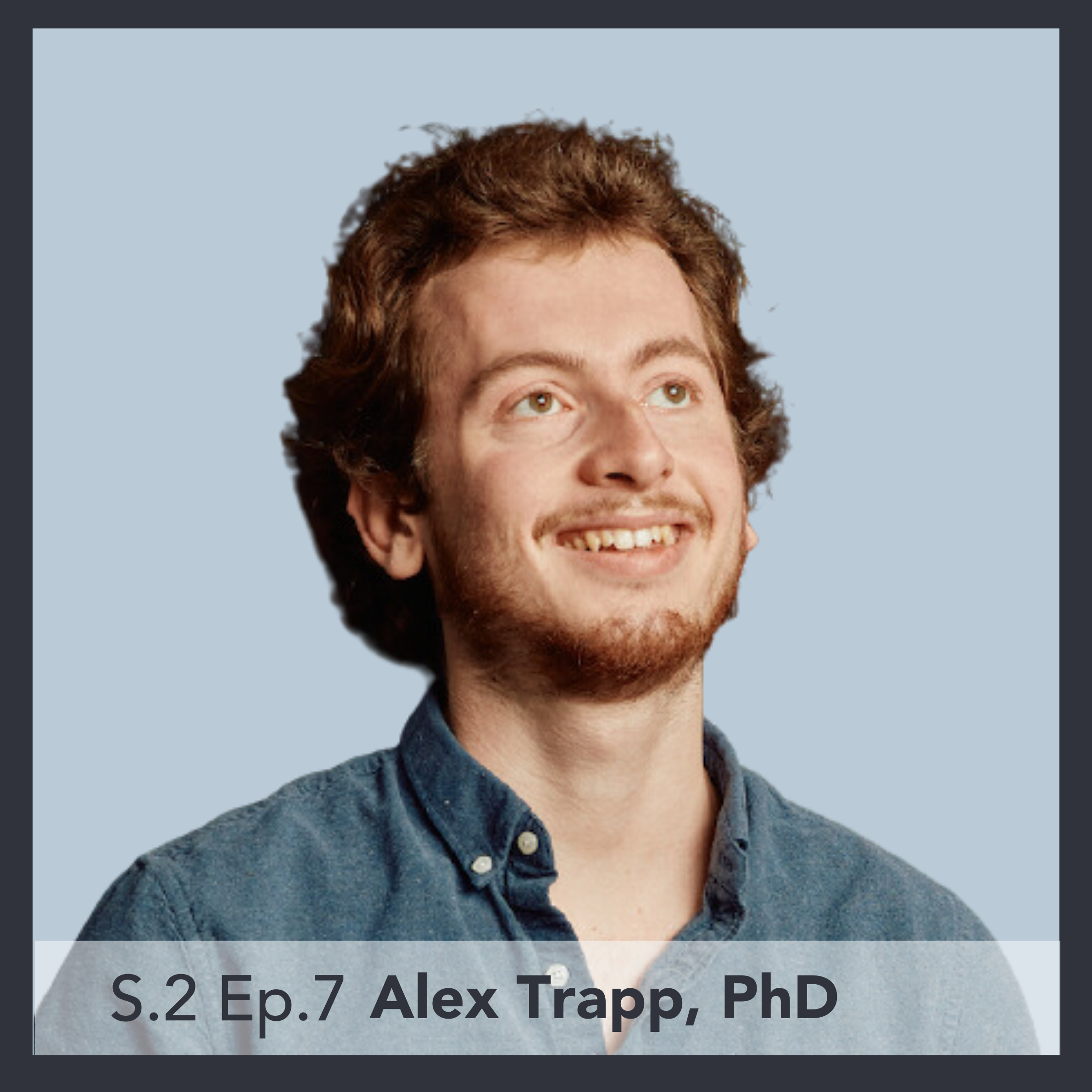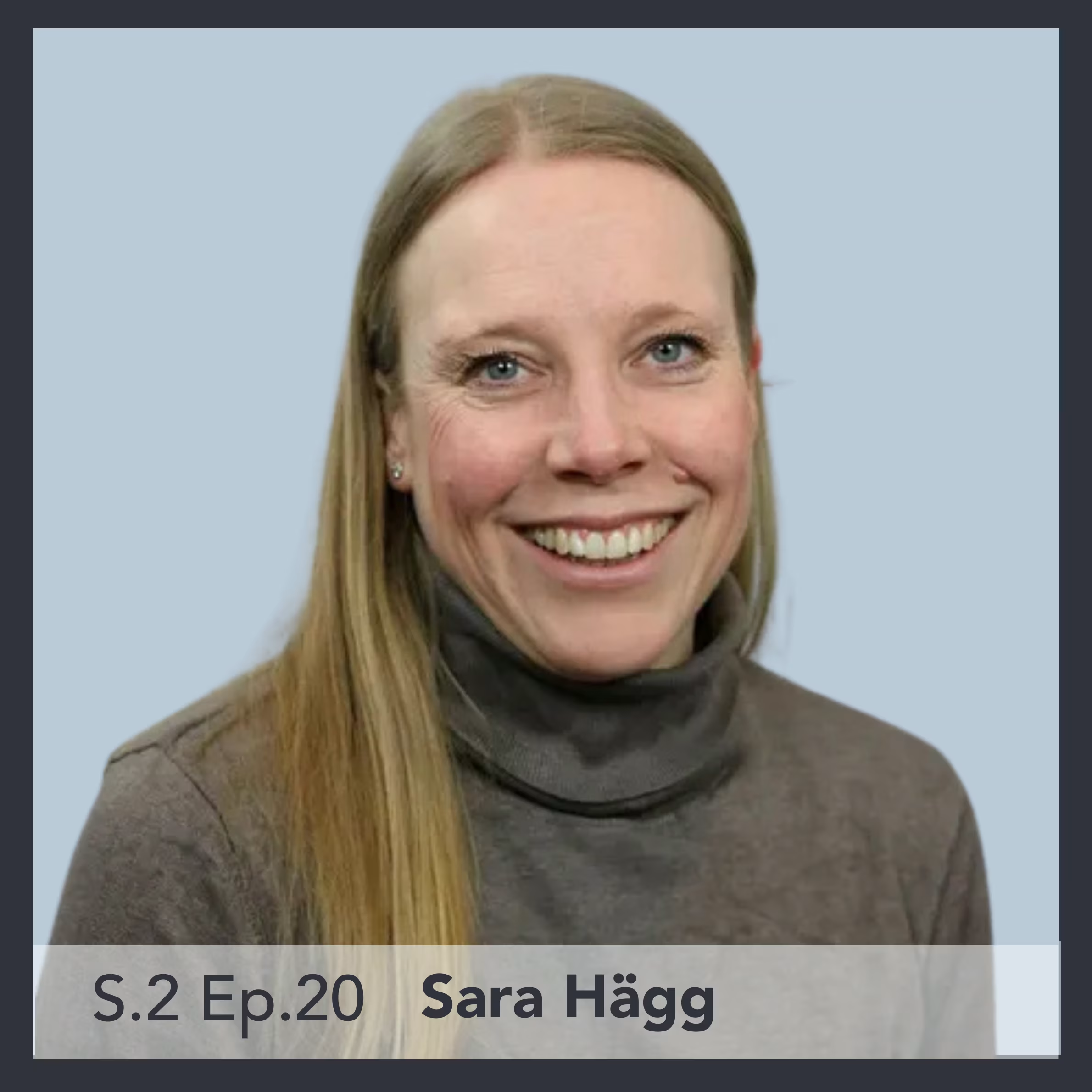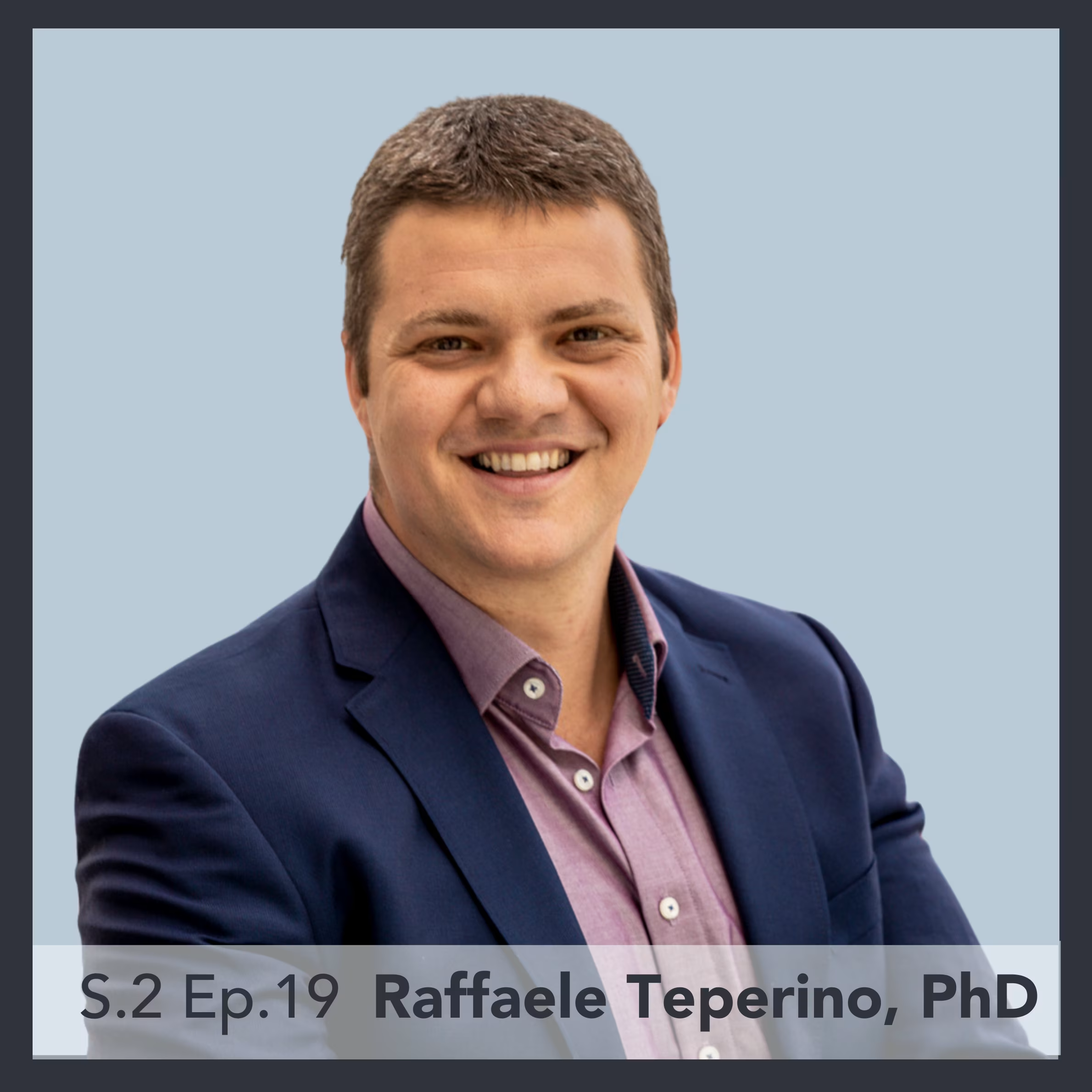In this week’s episode of the Everything Epigenetics podcast, Dr. Hannah Went sits down with Alex Trapp, a computational biologist deeply involved in aging research. The two explore the cutting-edge development of single-cell epigenetic clocks and their potential applications in the field of longevity science. Alex shares his journey from experimental biology to computational approaches and discusses the significant implications of understanding aging at the single-cell level. He also provides insights into his work at Retro Biosciences, a company focused on extending healthy human lifespan through innovative therapies.
In this podcast you’ll learn about:
– The development and significance of single-cell epigenetic clocks
– Differences between bulk tissue and single-cell epigenetic sequencing methods
– Applications of single-cell aging clocks in understanding and potentially reversing aging
– Challenges and future directions in single-cell epigenetic research
– The exciting work being done at Retro Biosciences, including advancements in T-cell rejuvenation and plasma therapeutics




